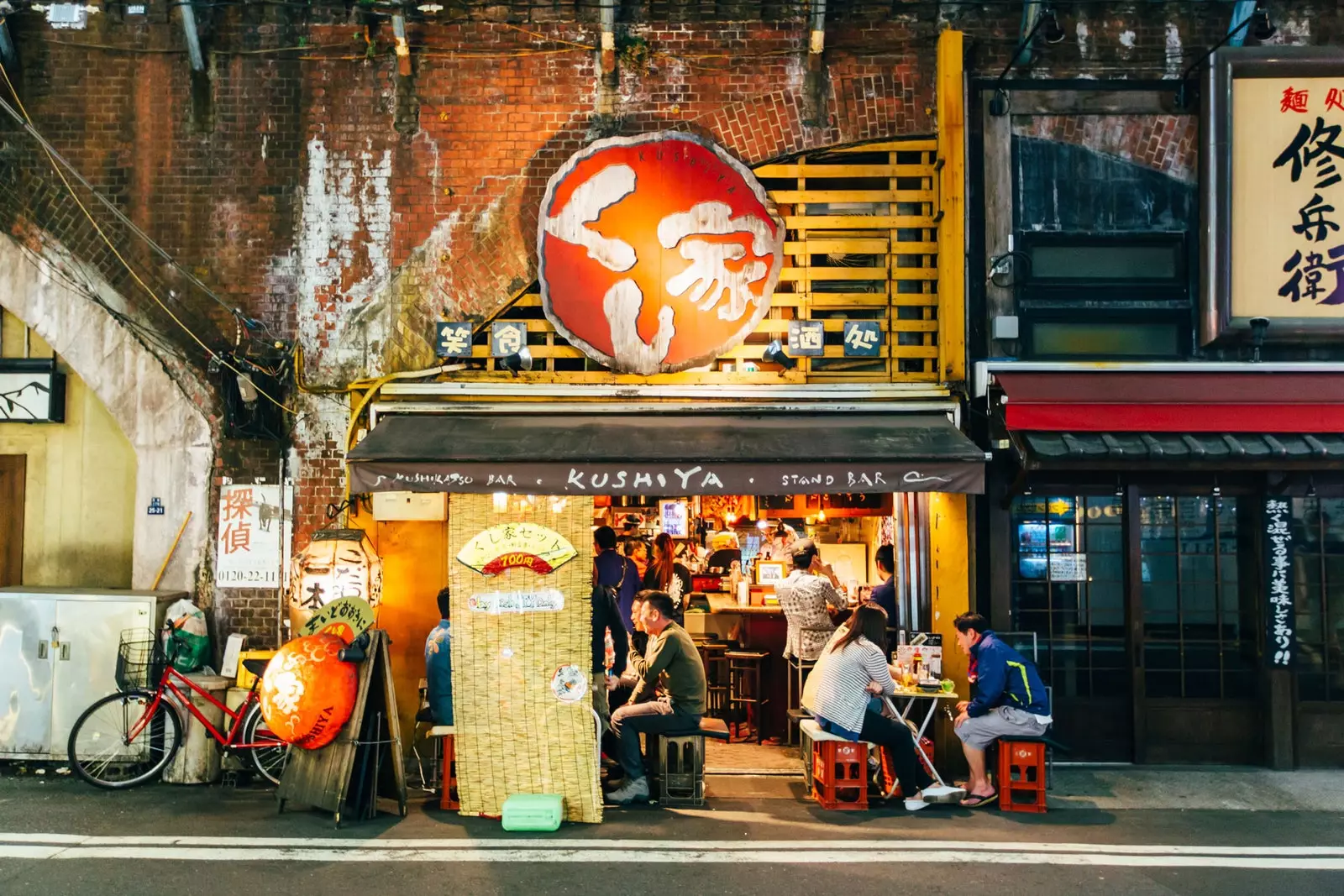
Kyoto in two days: make the most of it!
Crossing half the planet to go to Japan without visiting **Kyoto is inexcusable**: just over two hours from Tokyo, the former Japanese capital dazzles with its innumerable temples, its wooden houses and its landscapes… and despite the large number of tourists it receives, it is still possible to find havens of absolute peace.
DAY 1
9:00 a.m. If there is a recurring image when you think of Kyoto, it is that of Fushimi Inari-taisha temple and its path covered by orange arches (toriis) . As you can imagine, taking a photo of Japan's most famous torii without anyone else coming out comes at a price: get up early
There are those who prefer to do it at dusk (the temple does not close), but those who approach the place at sunset speak of the feeling of fear that those who are easily suggestible can feel, because Unless you stay at the gates of the Shinto temple, his thing is to climb to the altar on top of the mountain.
The more than 1,200 steps that lead to it make many leave along the way, but the walk, always under a large torii with wide columns and in which you will find yourself hundreds of tombs and stone foxes that, they say, could steal your spirit , it's worth it.
1:00 p.m. Upon leaving the temple, you can recharge at any of the restaurants or izakayas in the area. A dish that never fails is the ramen with “wild vegetables” : It is impossible to eat a bad one in Kyoto.
If you also want dessert, you cannot leave the city without trying one of their wonderful matcha ice creams - in Kyoto you can find it on every corner.
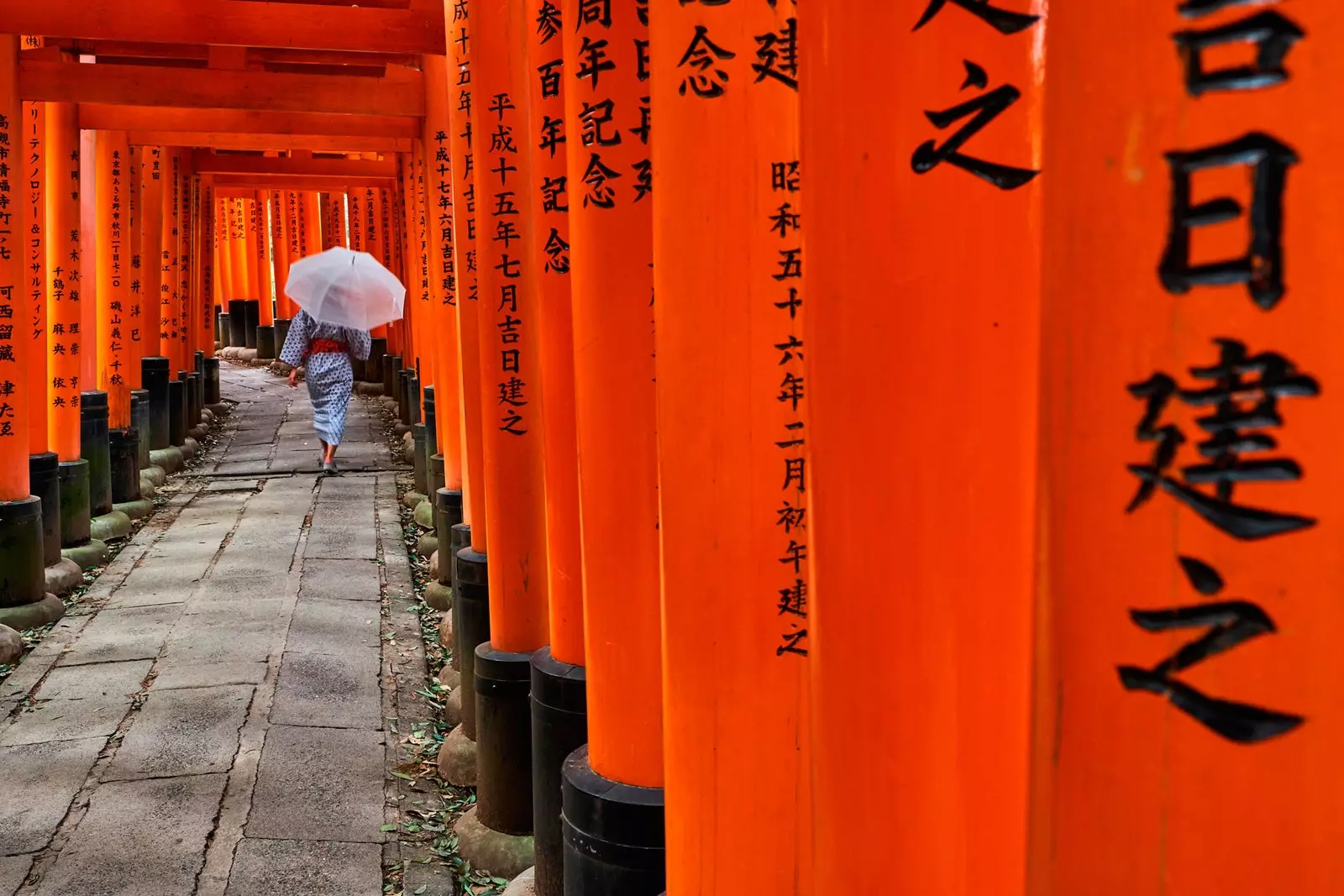
The toris of the Fushimi Inari-taisha temple
2:00 p.m. Tofuku-ji Temple is not far from **Inari, one of Kyoto's favorite places to enjoy momiji** thanks to its many maple trees.
The advantage of going when the leaves of the trees have not yet turned red is that you will be able to enjoy a temple that does not receive as many tourists and that thanks to its spaciousness, It will allow you to enjoy an unthinkable calm.
4:00 p.m. Before the end of the day there is still a spectacular temple to see, but first it is worth taking a walk through Higashiyama neighborhood, a commercial area that still conserves traditional-style houses and through which it is common to see young people dressed in kimonos (don't be fooled, they are not geishas or maikos, but tourists who rent the suit to walk around the city).
Although it is undeniable that the area is eminently tourist-oriented, there are some other patio or alley that hides shops and small gardens to which not many people appear yet and in which you will discover even makeup shops worthy of geishas.
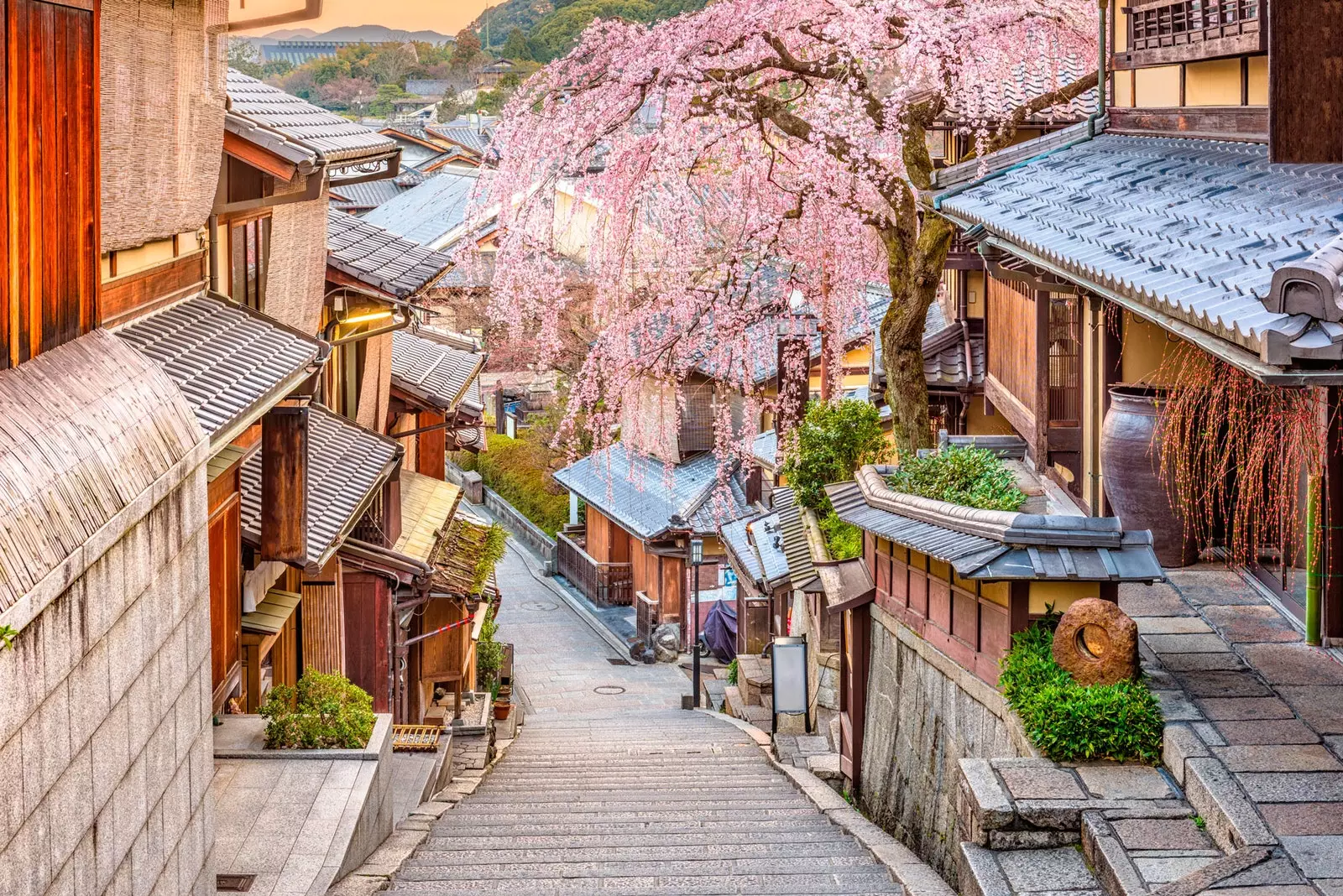
The colorful neighborhood of Higashiyama
5:00 p.m. the temple of Kiyomizu-dera is, without a doubt, one of the most unique that you will find in Kyoto: its spectacular viewpoint, built in the main temple without a single nail , is one of the most beautiful in the city.
But the temple also hides a waterfall whose waters will give you health, love and fortune and tests like the one that challenges you to walk from one stone to another with your eyes closed to find love, although the most singular thing is the overwhelmed tainai-meguri.
Barefoot, and in total darkness, You will have to go through a small underground cave that represents the belly of Bosatsu. The use of cell phones, lights or cameras is absolutely prohibited (and fortunately visitors comply) and your only guide to where you are walking is a handrail with giant beads.
Suddenly you come to a room with a large, slightly lit stone that you must turn while making a wish, and again you walk in total darkness until you come out: with this ritual you will be reborn and your wish will be granted.
Needless to say, it is not an experience for the claustrophobic. After taking a walk around the temple, past the pagoda there are paths that go into the forest and are worth walking along.
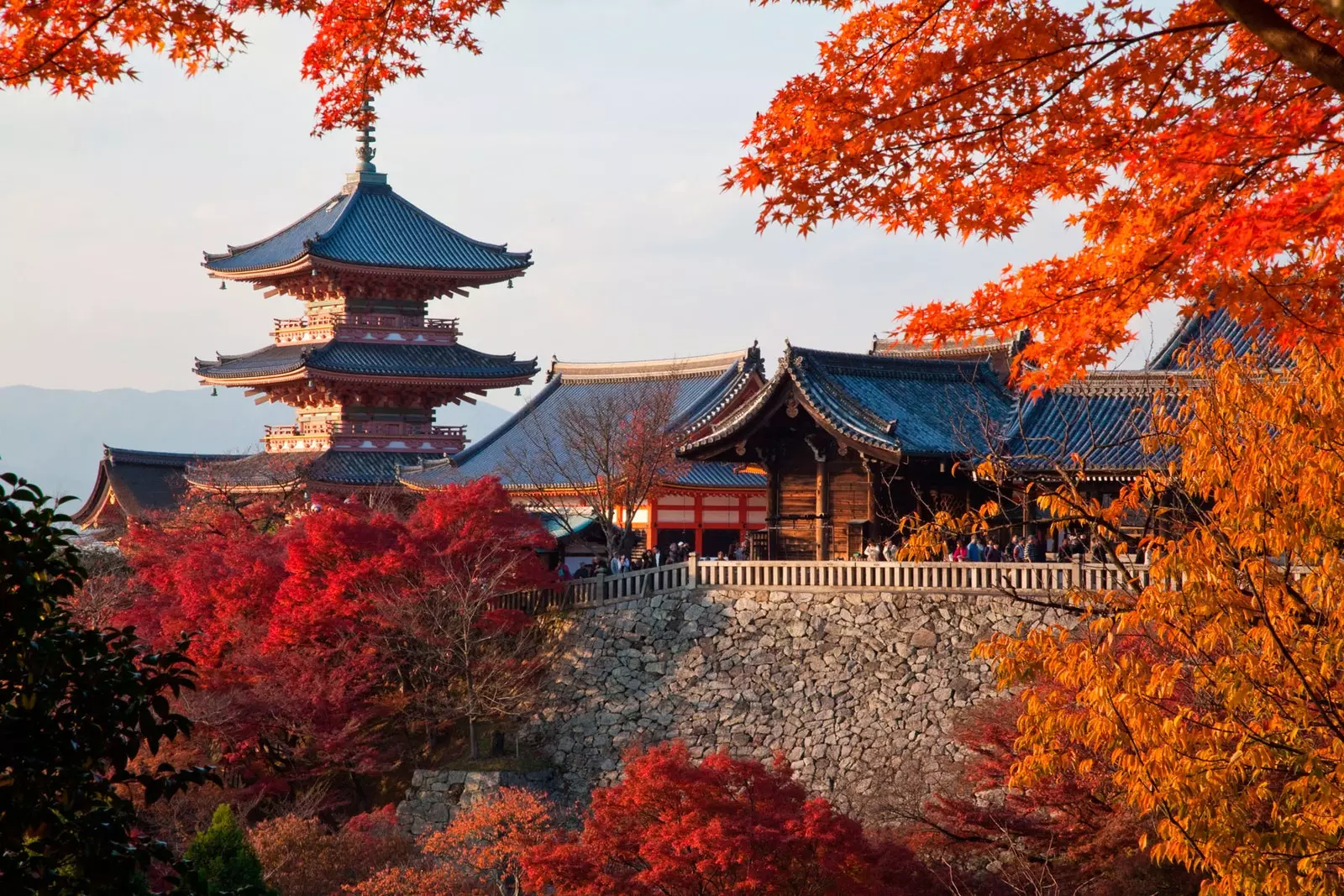
Kiyomizu-dera, one of the most spectacular temples
7:00 p.m. To end the day, nothing like approaching Gion, the neighborhood where geishas and maikos go to dinners to entertain their guests.
Keep in mind that it is frowned upon to stop them in the street, ask for photos or treat them like a fairground attraction and that the city has expressly requested that they not be photographed.
They are elusive, seeing them is not easy, especially when there are hundreds of tourists hanging around with cameras in hand: you can always opt for go to one of the shows they organize with dances, songs and music and that are especially famous in autumn and spring, but if not, you can always enjoy the peculiar wooden houses and alleys of Gion , with its izakayas illuminated by lanterns and a walk through the narrow Pontocho.
To top off the day, your stomach will thank you pinchos from any of the taverns in the area.
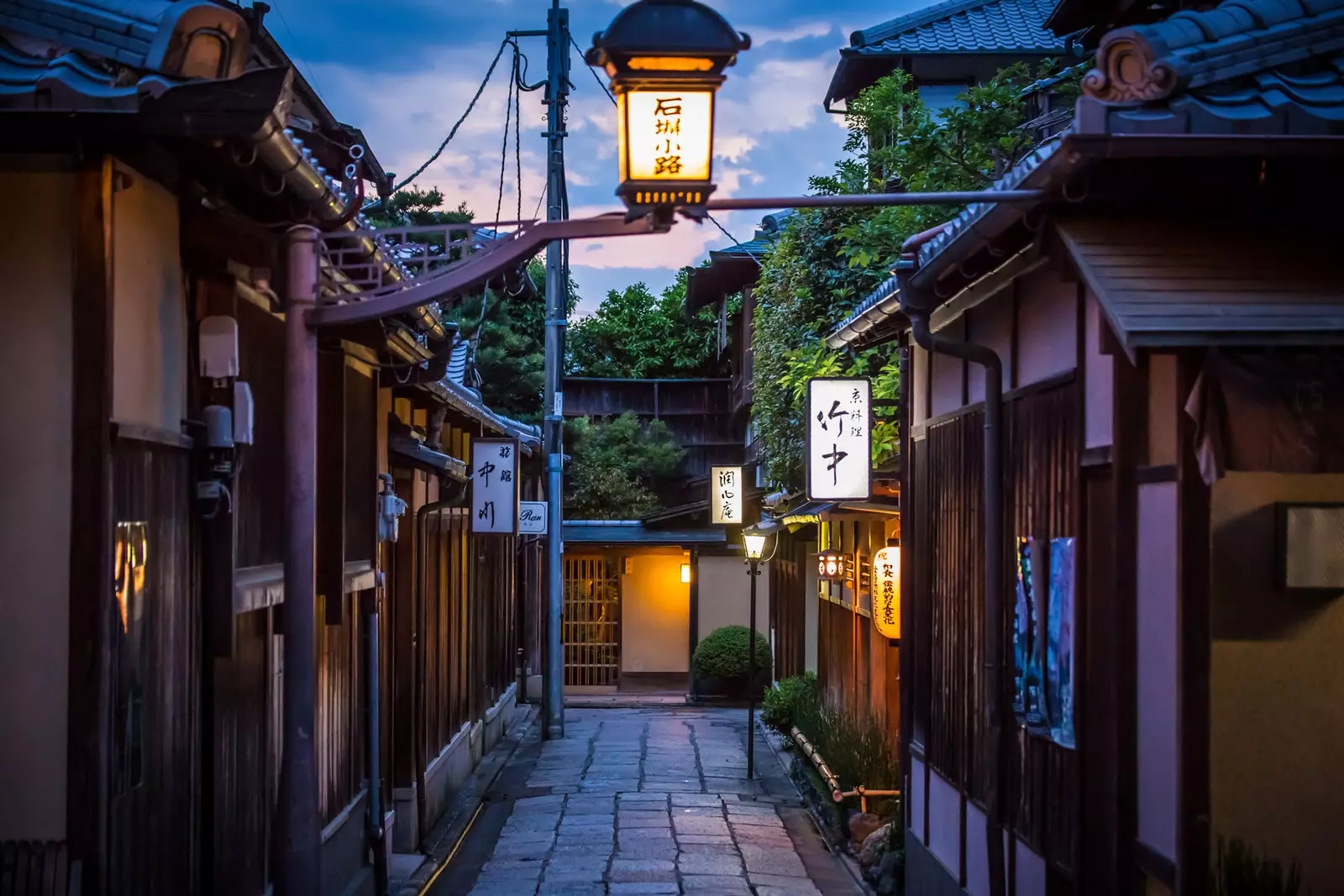
Gion and its peculiar wooden houses
DAY 2
9:00 a.m. Another emblematic site of the city and to which it is advisable to go early is Arashiyama Bamboo Forest.
In most of the photos on the internet you will not see the asphalt road, nor the fences surrounding the trees, nor the instagrammers that you will find at every step, so If what you are looking for is something more calm, it is enough to leave the forest and start walking to lose yourself among tea and rice plantations, lakeside prayer sites, and temples not featured in guidebooks.
12:00 p.m. When you're bored with nature, it's time to approach one of the least visited temples in Kyoto: Ninna-ji with its impressive pagoda.
Just a few meters away you will find Ryōan-ji, with one of the most famous dry gardens in the country and about whose meaning and what it represents there are various theories.
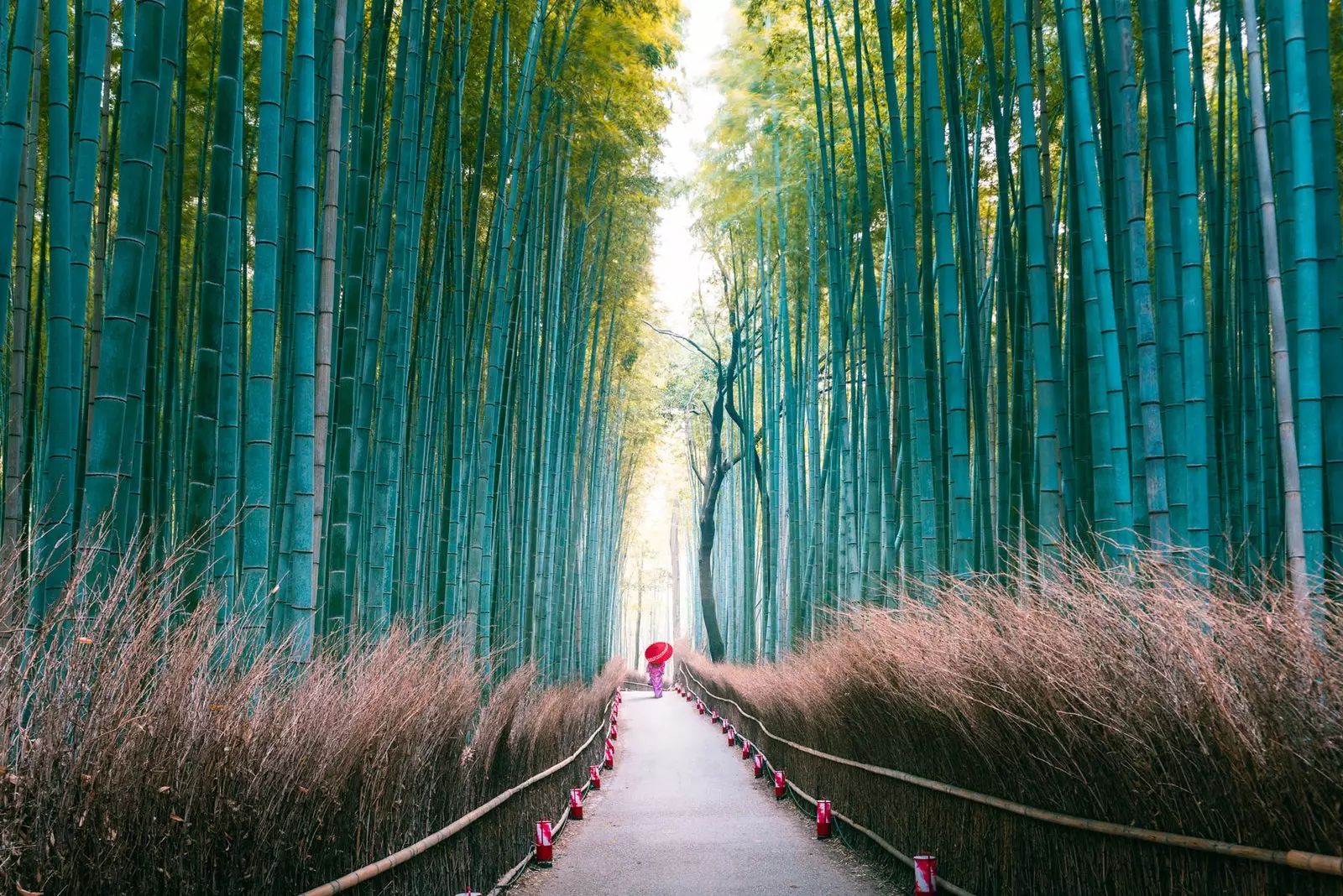
The impressive bamboo forest of Arashiyama
Without going too far –it is a pleasant walk– you reach the Golden Pavilion: no matter how many photos you have seen, until you see it reflected in the pond and in the middle of that spectacular landscape, You cannot imagine the beauty of the place.
Seeing the three temples will take your time, so it's a good idea to stop between visits. Although along the way you will find numerous places to eat ramen or tempura, I ate the best onigiris in Japan freshly prepared at Tomikawa, a pickle shop just outside the Ryōan-ji temple.
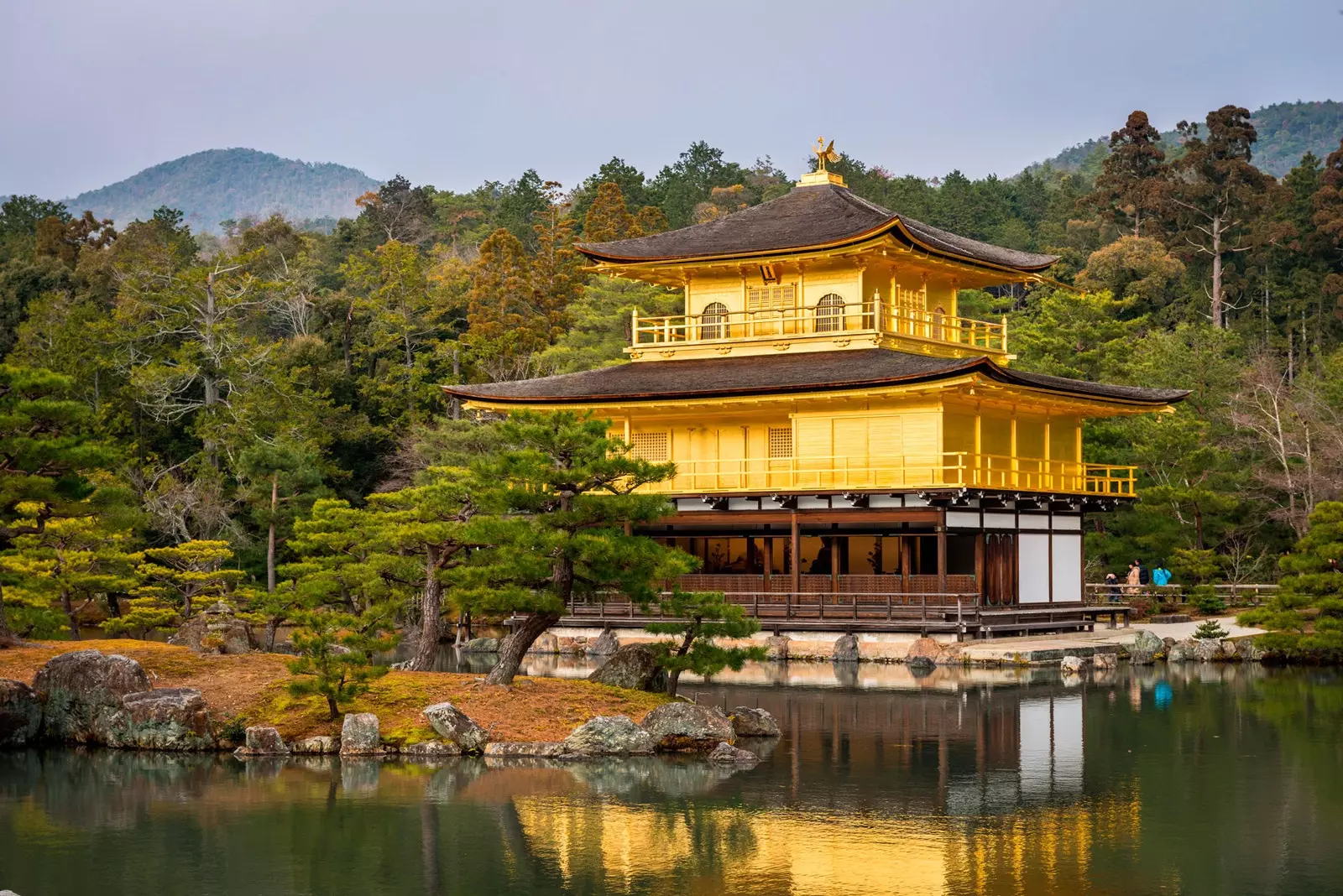
The famous Golden Pavilion
4:30 p.m. It's time to return to the center to get closer to see Nijo Castle and its gardens, and by the way return to the 21st century walking through the city center.
It is convenient to leave the map and get lost in its alleys to surprise yourself with the amount of low houses, narrow streets, gardens and altars that hide just a few meters from streets where the traffic does not let up.
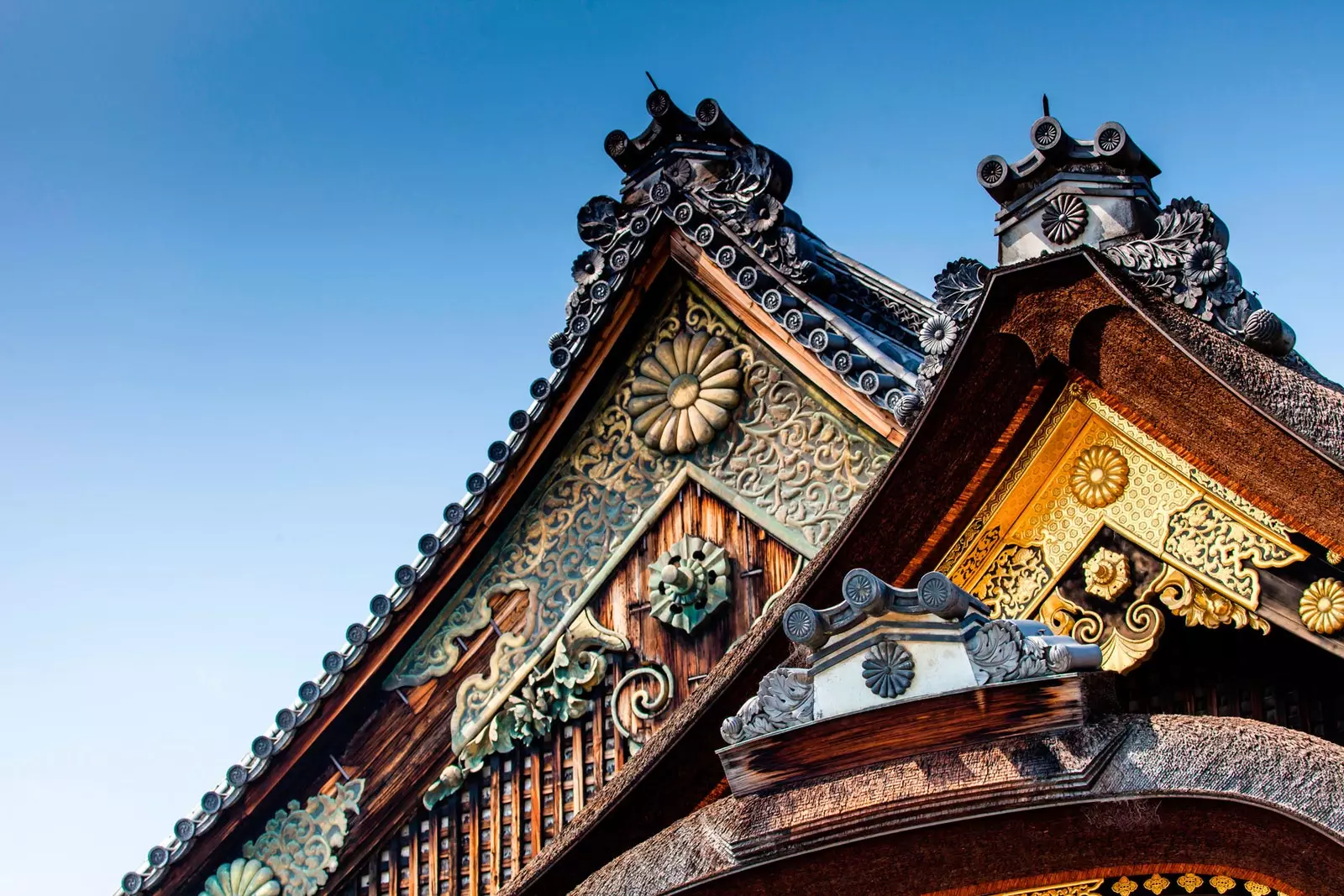
NIjo castle detail
For a few minutes you will have the feeling that time has stopped and the only noise you will hear will be your footsteps. You also can't miss a stop at Maruyama Park before dark.
7:00 p.m. If you have shopping to do, Shijo is your street. There you will find handmade chopsticks, the famous furoshiki handkerchiefs with which to make a geisha bag without sewing and all the sweets of the region, from the famous mochi to the dorayaki.
And before saying goodbye to the city, nothing like having a bowl of shiruko (sweet bean soup with mochi) . In the Tsujiri tea house they serve a delicious one with a matcha that is not far behind and that you can stock up on right there.
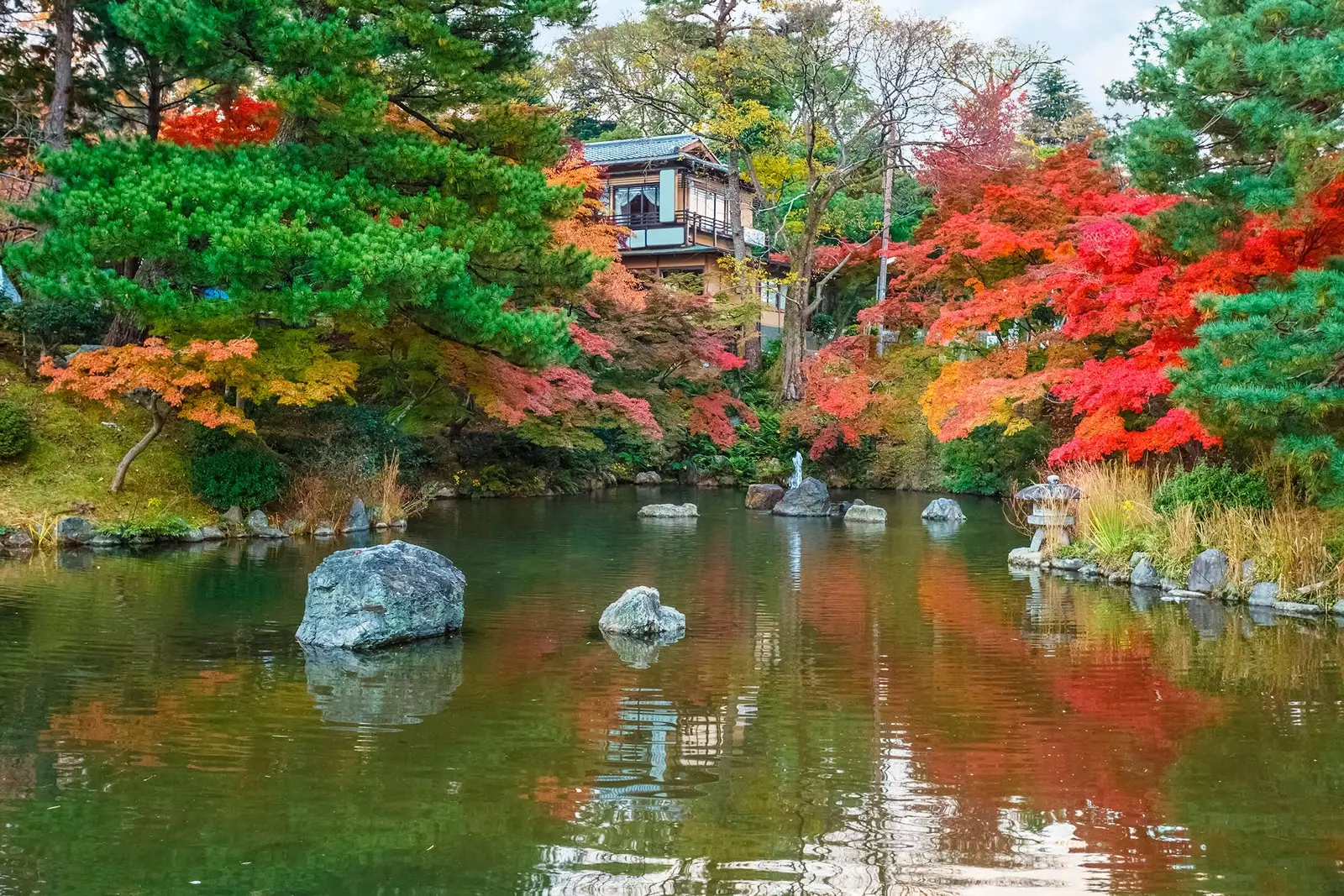
Maruyama Park: a place to get lost
